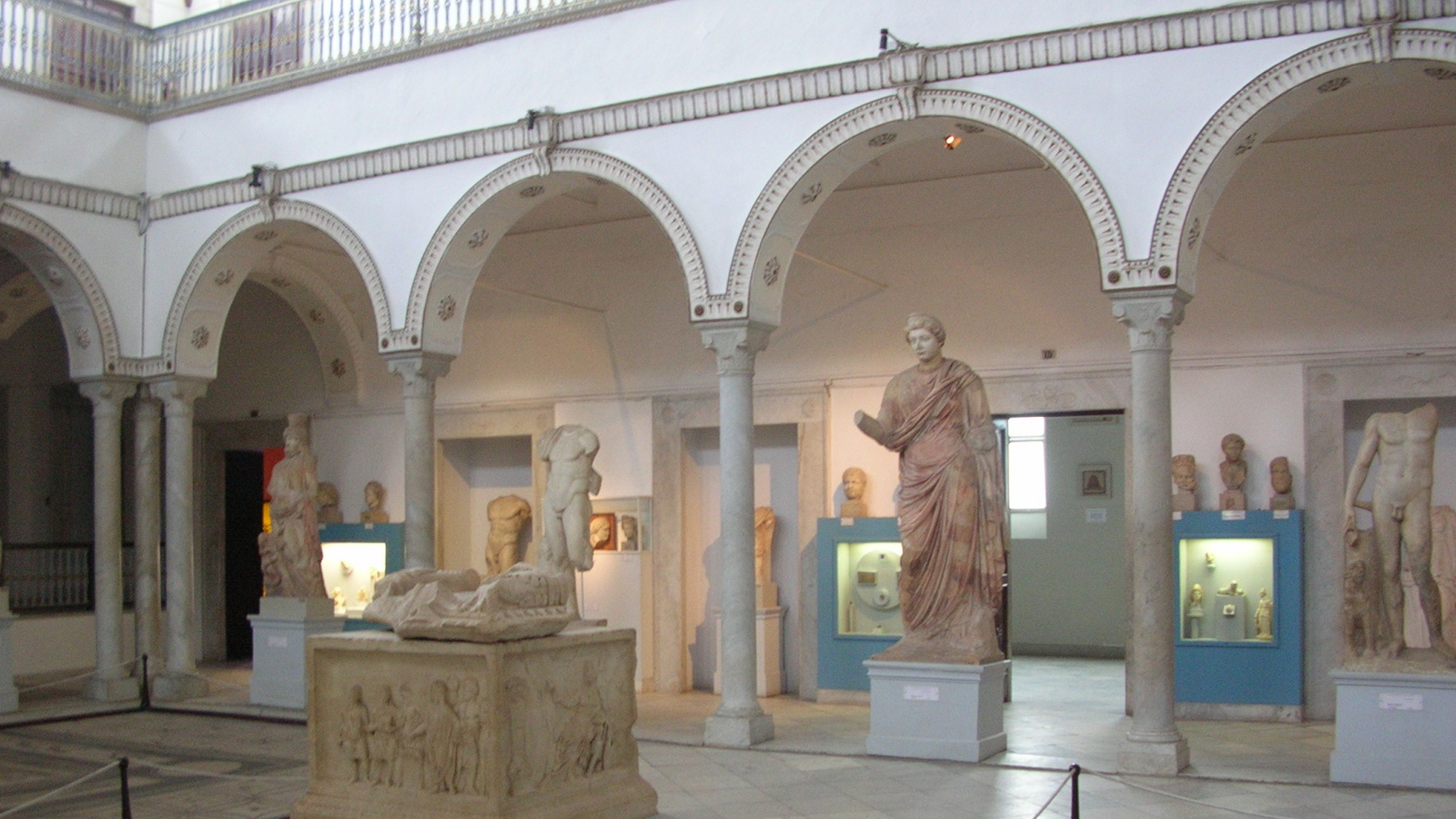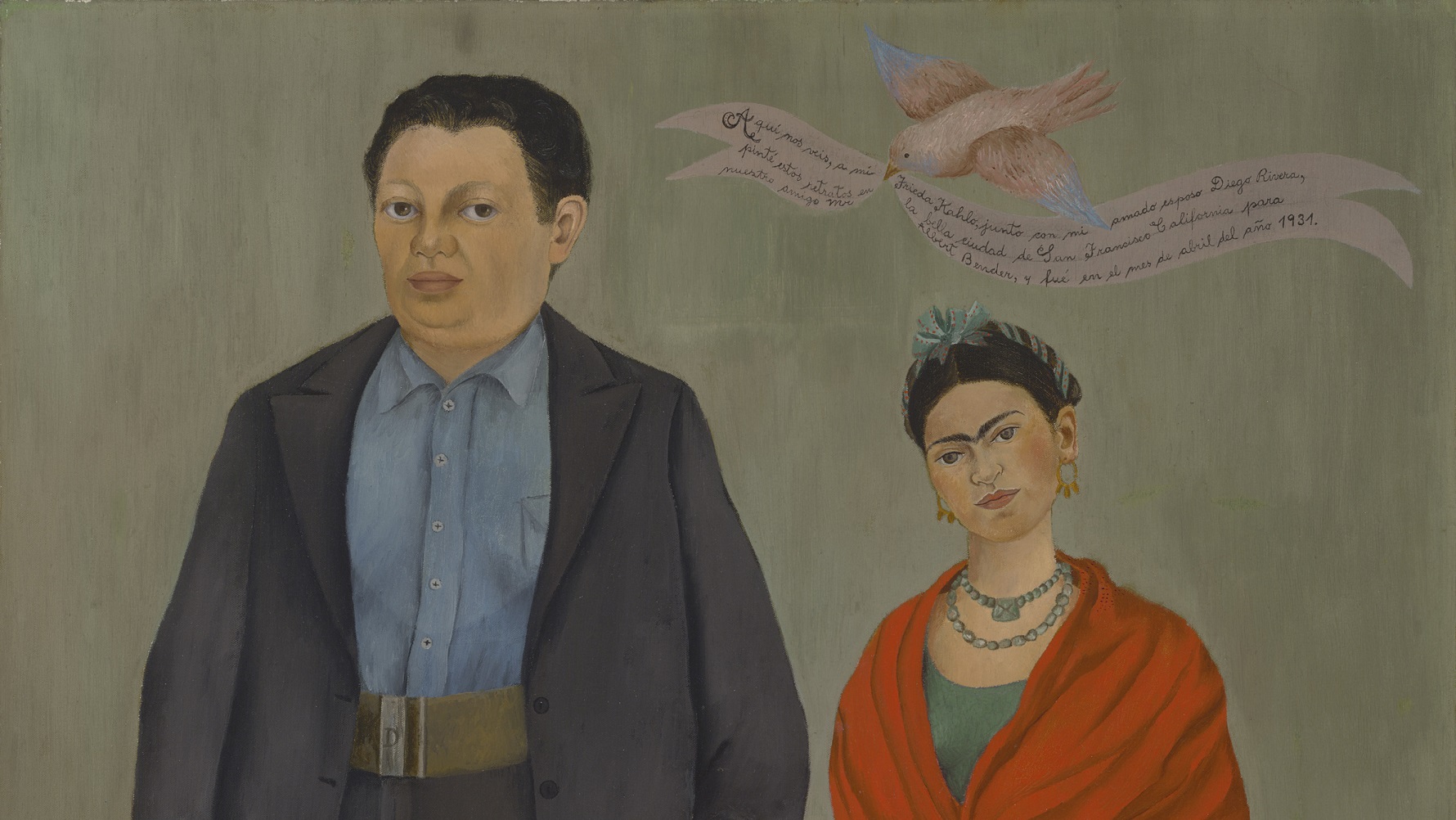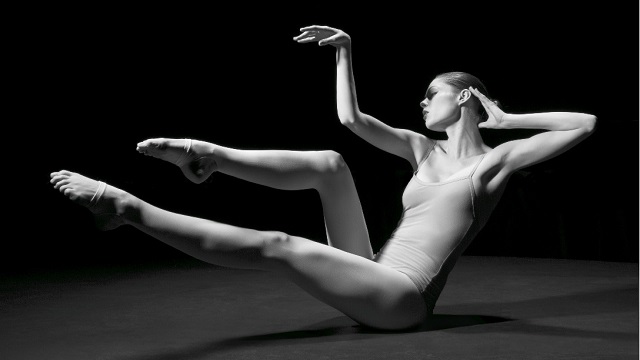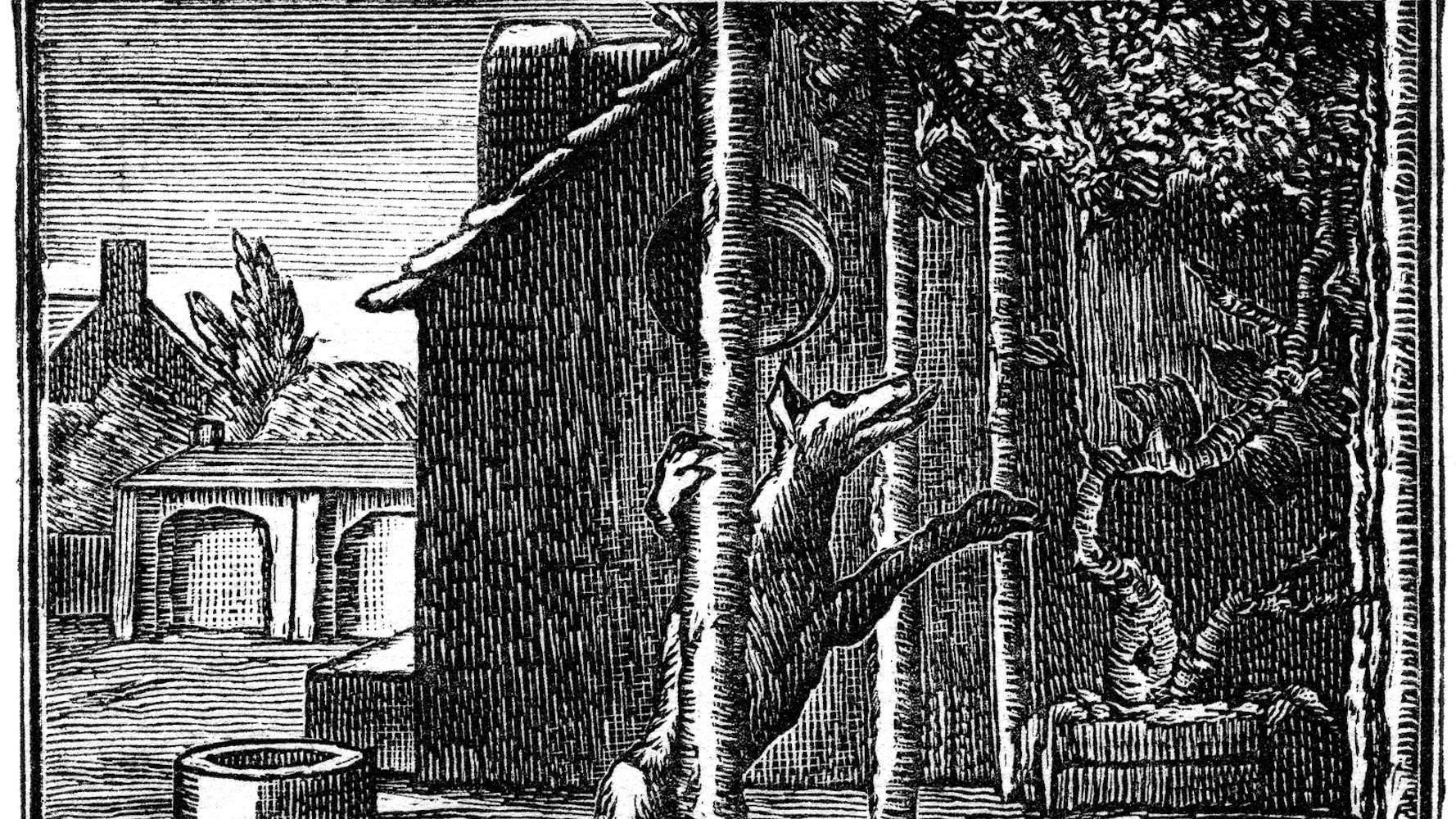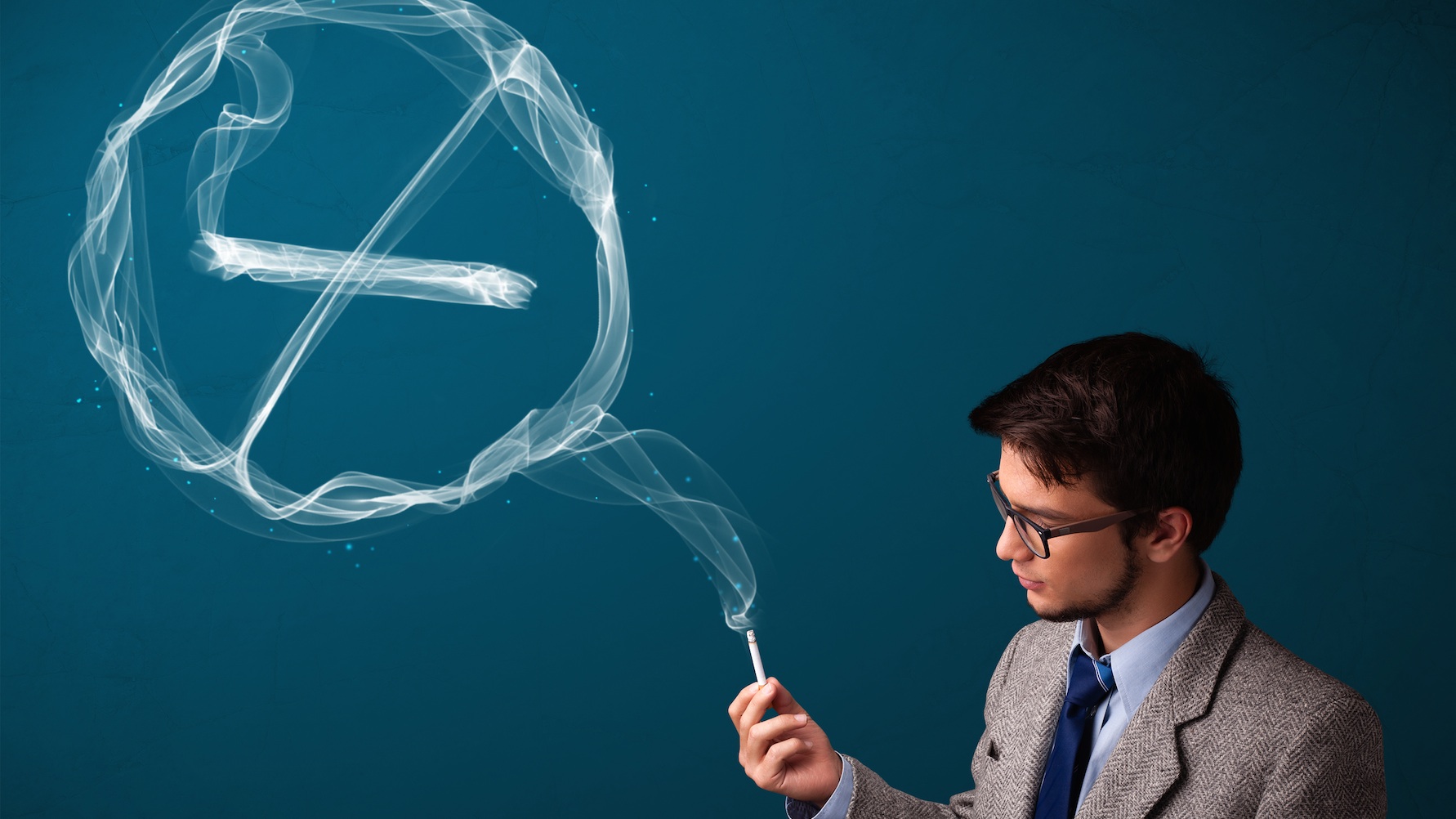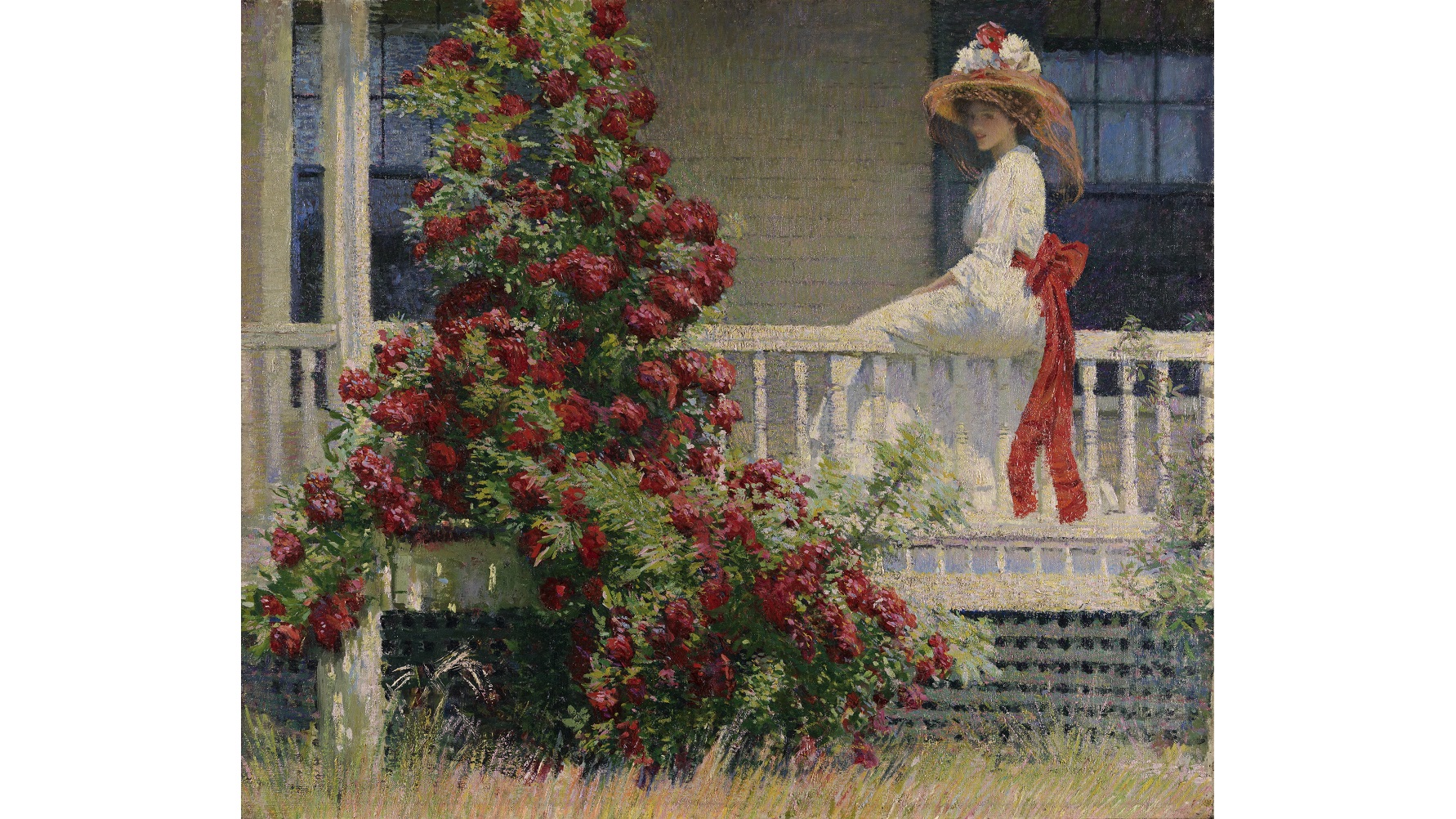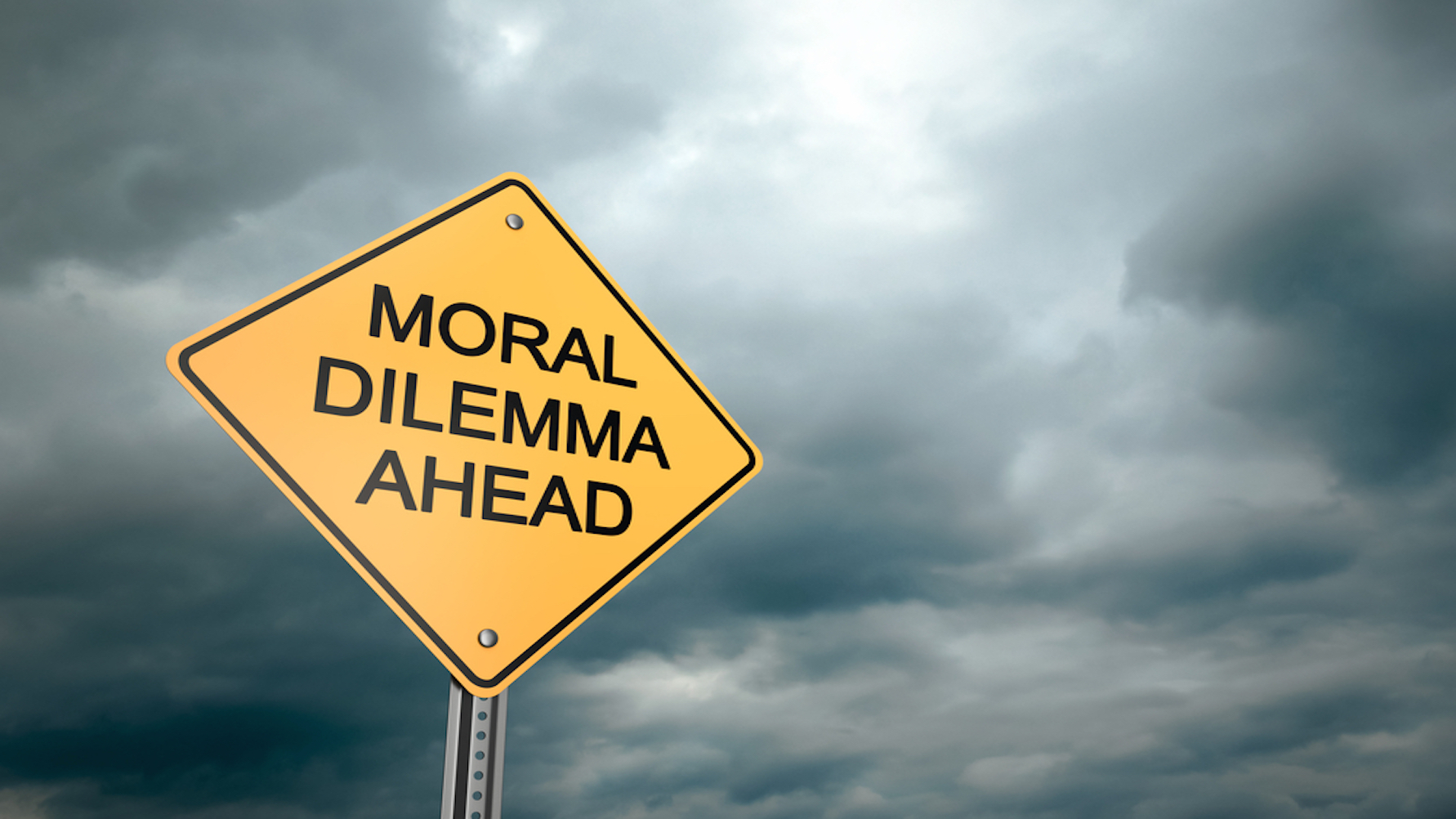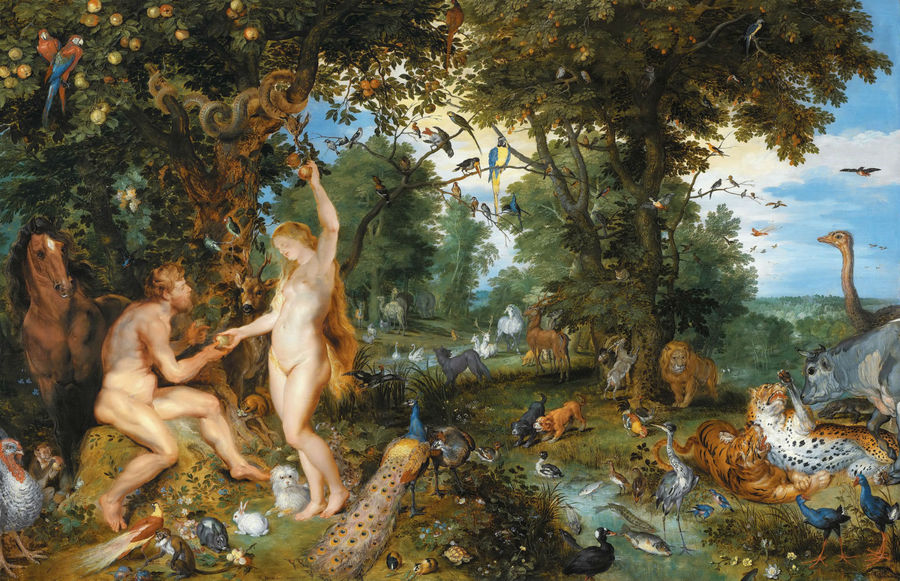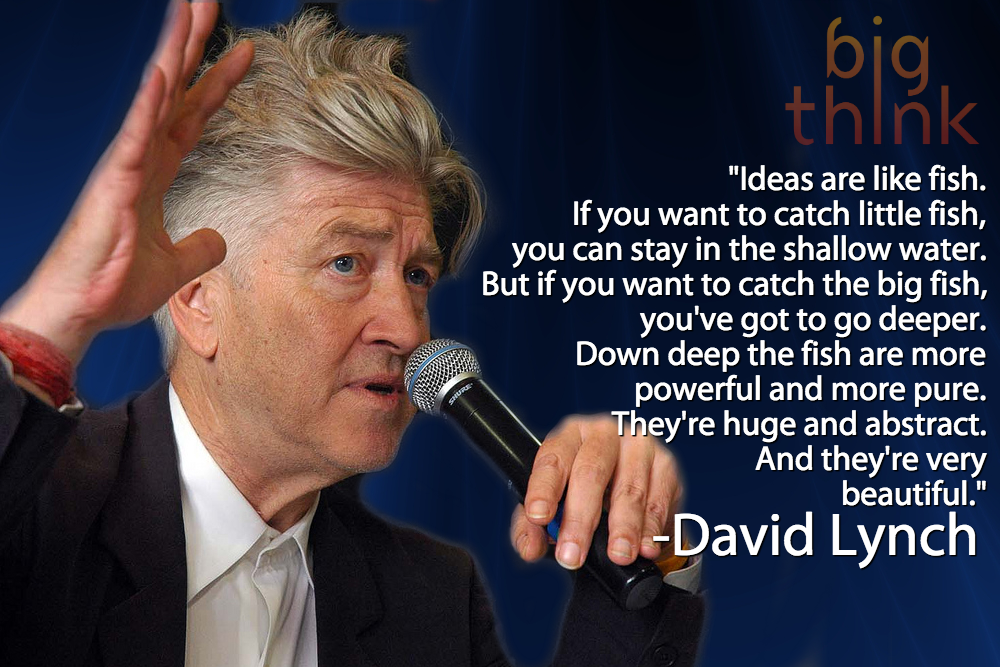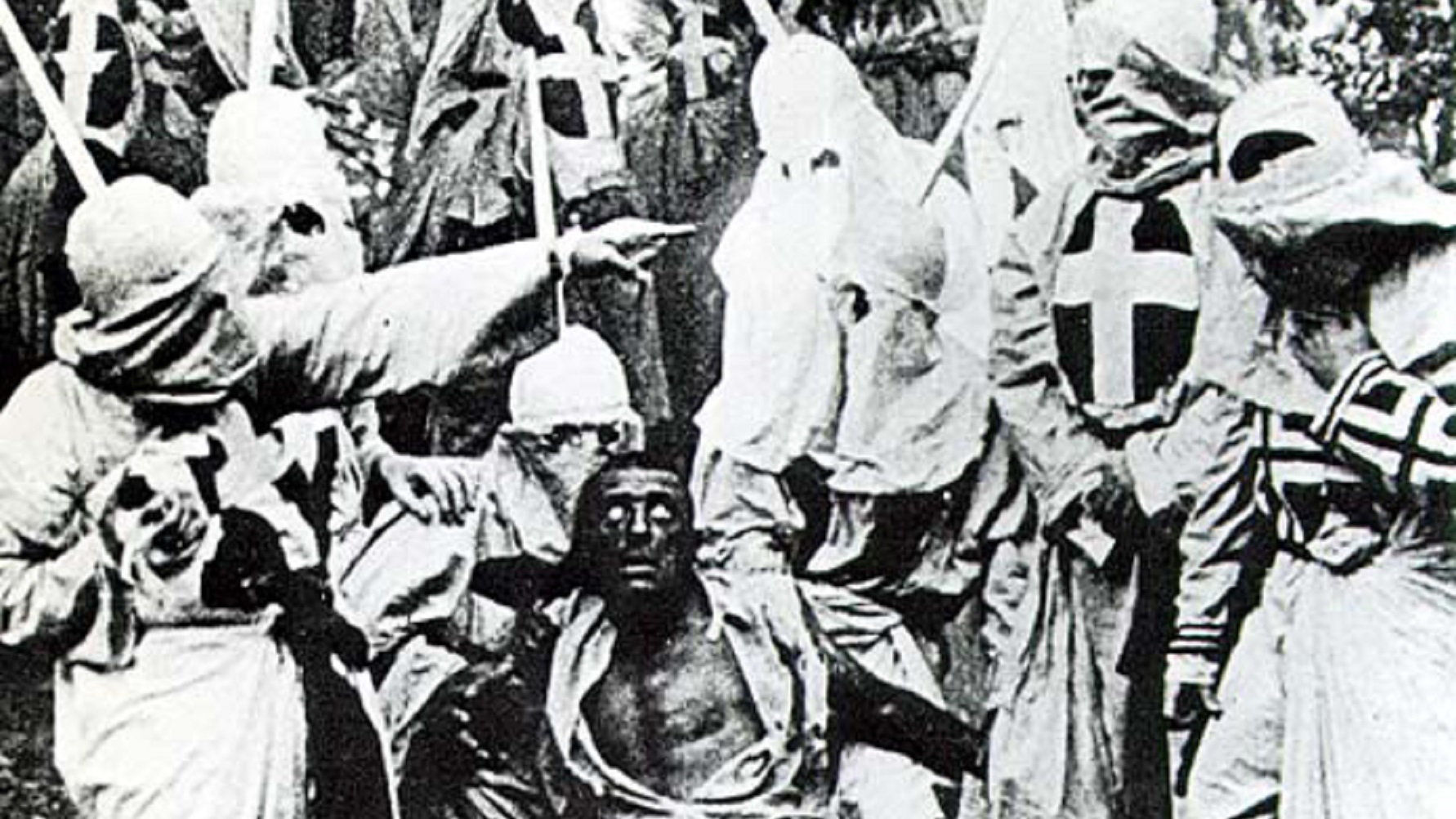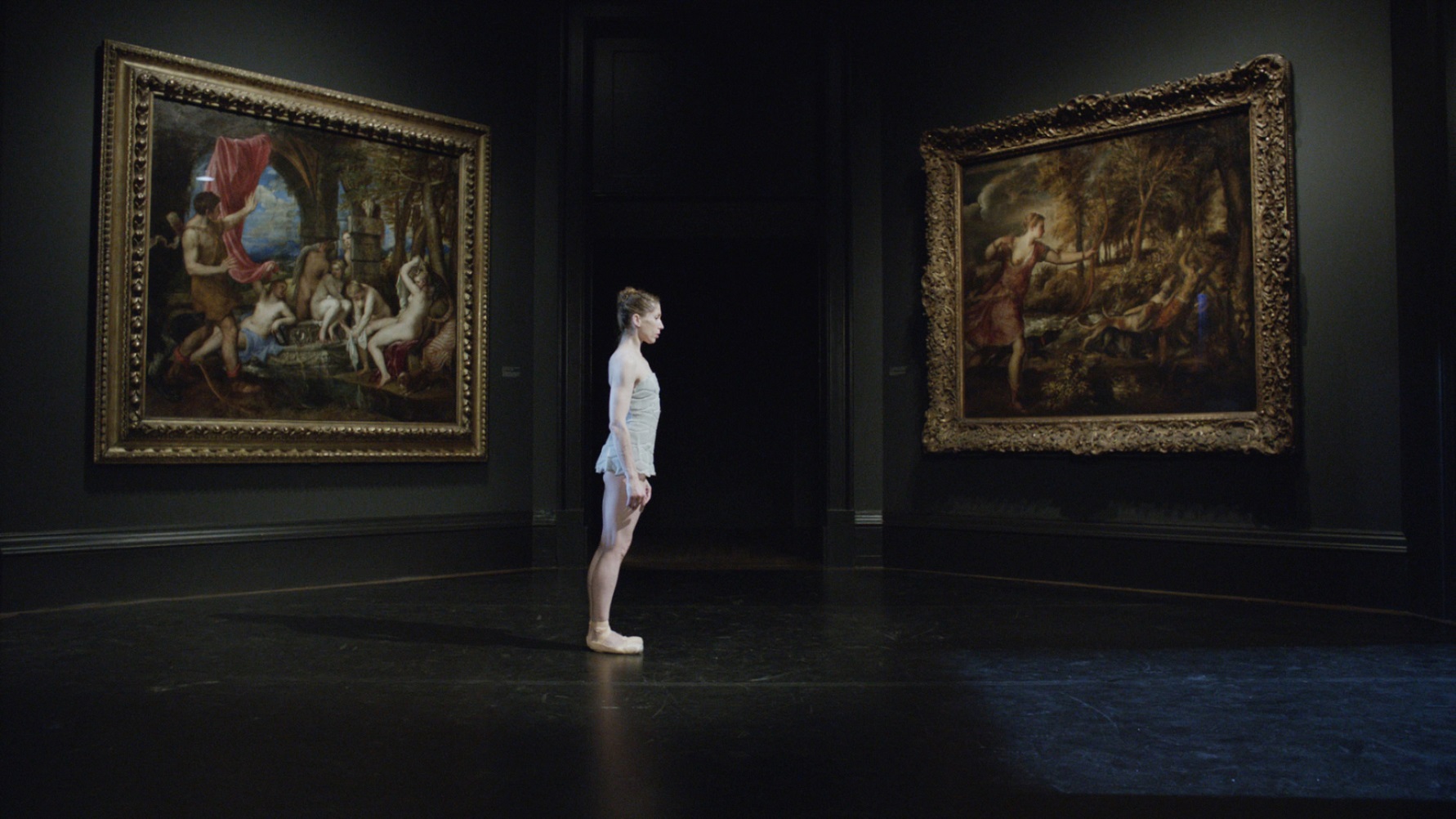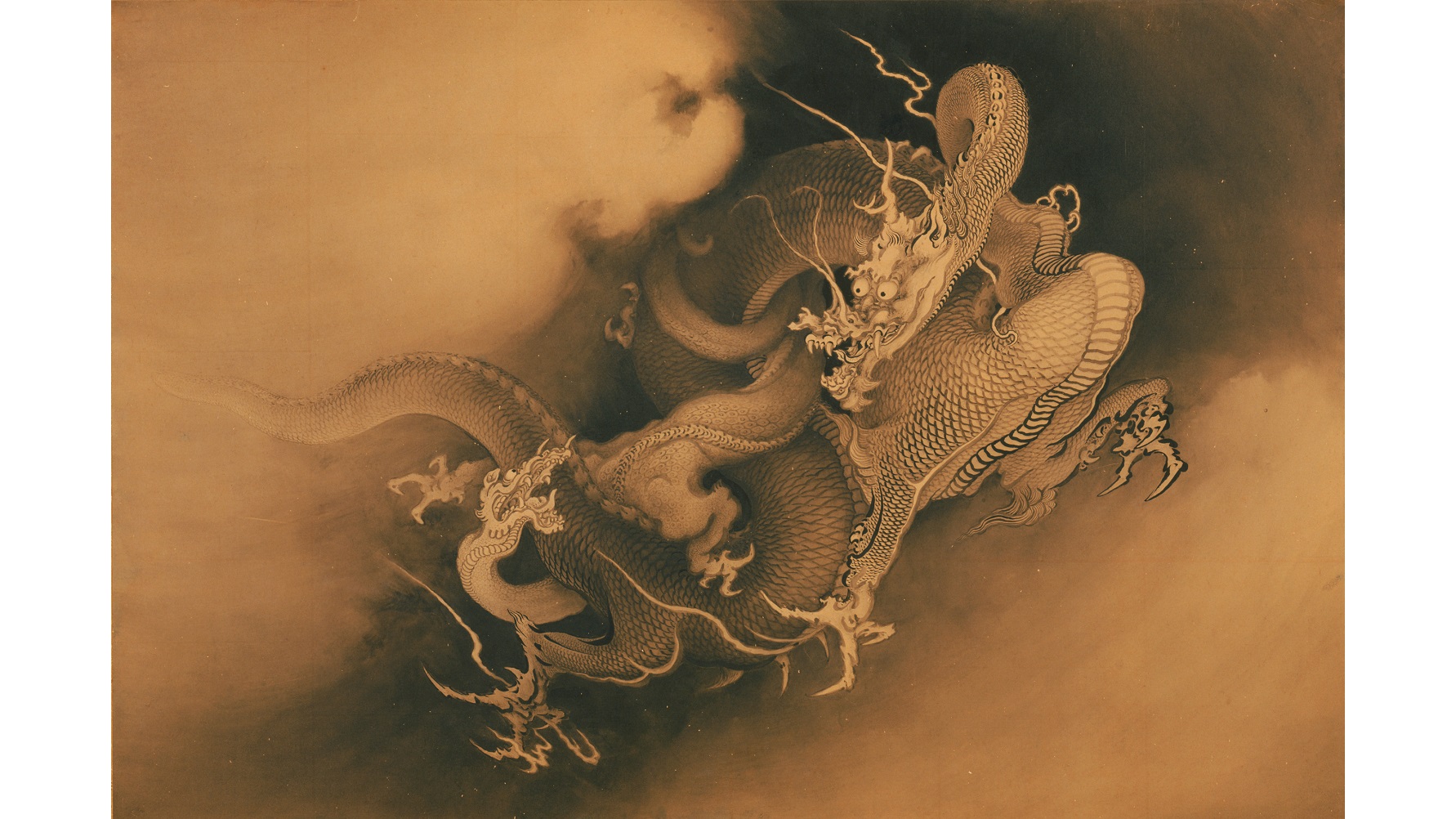With the May 1st grand opening to the public of its new building in Manhattan’s Meatpacking District, the Whitney Museum launches a new era not only in the New York City art scene, but also, possibly, in the very world of museums. Thanks to a Renzo Piano-designed new building built, as Whitney Director Adam D. Weinberg put it, “from the inside out” to serve the interests of the art and the patrons first, the new Whitney and its classic collection of American art stretching back to 1900 has drawn excited raves and exasperated rants from critics. Their inaugural exhibition, America Is Hard to See, gathers together long-loved classic works with rarely seen newcomers to create a paradox of old and new to mirror the many paradoxes of the American history the art embodies and critiques by turns. This shock of the new (and old) is the must-see art event of the year.
Search Results
You searched for: beauty
Food writer Michael Pollan explains how the history of barbecue in America is one that includes all kinds of people working together in an integrated effort to produce the best possible meal.
The forgotten aspects of art history will always be the most intriguing. Digging up the dead storylines of art history, whether in the distant or the recent past, will never end, mostly thanks to forces that buried the facts, if not the bodies, for whatever agenda. Artists and Prophets: A Secret History of Modern Art 1872-1972 at the Schirn Kunsthalle Frankfurt resurrects German visionaries and Jesus wannabes from the late 19th and early 20th centuries to look at how their exploits and artistic creations helped shape the course of German and European modern art. It also shines light on how the impact of those figures fell into obscurity as another casualty of the ideological war waged by that most unfortunately unforgettable of German messianic aspirants — Adolf Hitler.
Can a running start really improve your driving distance in golf? “What a shot by Happy Gilmore! <aside> Who the hell is Happy Gilmore?”–Announcer, from Happy Gilmore As I prepare […]
“People are like stained-glass windows. They sparkle and shine when the sun is out, but when the darkness sets in, their true beauty is revealed only if there is a light from within.”
The attack at the Bardo National Museum in Tunis, Tunisia, on March 18, 2015, was an attack on civilization itself. Not just Tunisian civilization or Western civilization or Islamic civilization or Christian civilization — ALL civilization. ISIS may not have been directly involved in the Tunisian attack, but its iconoclastic, its “year zero” philosophy certainly was present. The fact that these attackers targeted tourists seeking out ancient civilizations rather than the artifacts of those ancient civilizations makes this latest tragedy even more chilling. The Bardo National Museum attacks may one day emerge as the first battle in the ultimate fight for civilization’s survival.
Few American cultural institutions stared as deep into the yawning, austerity-driven abyss of large-scale deaccessioning as The Detroit Institute of Arts. When the City of Detroit declared bankruptcy in 2013, vulturous creditors circled the DIA’s collection, estimated worth (depending on the estimator) of $400 million to over $800 million. Some experts see signs of a Detroit comeback, however, but one very visible sign is the new DIA exhibition Diego Rivera and Frida Kahlo in Detroit, a showcase of the city’s ties to Mexican artists Frida Kahlo and Diego Rivera as well as a tribute to Kahlo’s and Rivera’s own artistic comebacks. Few exhibitions truly capture the spirit of a city at a critical moment in its history, but Diego Rivera and Frida Kahlo in Detroit is a show of comebacks that will have you coming back for more.
“Don’t just stand there, let’s get to it. Strike a pose, there’s nothing to it,” Madonna lied and “Vogue”-ed way back in 1990. Contrary to popular opinion, posing is hard work, made even harder by the requirement to look effortless. The reigning “Queen of Pose,” Canadian supermodel Coco Rocha has been clocked at 160 different poses per minute and viral videoed striking 50 poses in 30 seconds. When photographer Steven Sebring approached Rocha back in 2010 with the idea of a project involving one model striking a thousand different poses captured using Sebring’s revolutionary, 360-degree photographic technology, it seemed a match made in modeling heaven. Study of Pose: 1,000 Poses by Coco Rocha tests the limits of expression by the human form while capitalizing on the latest in technology to produce no less than a new manifesto on posing the human body as an object to be both admired and accepted for all its truth and beauty.
I’ve always been struck by the power of envy. Other than anger, it is perhaps the most commanding emotion, able to instantly turn our stomachs and perceptions upside down. Envy […]
The Woman in White is a Victorian mystery novel containing a “songline” of a chance slice of London.
Addictive habits are hard to stop. But one study has found a trigger for that “need it now” attitude that stops quitters from quitting. Photos of attractive women women are enough to have men reaching for a cigarette.
American Impressionism’s often been seen as a pale copy of the French Impressionism that flowered in the late 19th century. Although American Impressionists early on copied their French counterparts (and even made pilgrimages to Monet’s Giverny garden and home), the exhibition The Artist’s Garden: American Impressionism and the Garden Movement, 1887–1920, at the Pennsylvania Academy of the Fine Arts through May 24, 2015, proves that American Impressionism quickly blossomed into something distinct—and distinctly American—by the turn of the 20th century. Capturing aesthetically a moment of contradictions as American nativism threatened to close borders while women’s suffrage struggled to open doors, The Artist’s Garden demonstrates the power of flowers to speak volumes about the American past, and present.
Amazing, fun and beautiful. So long as the cold doesn’t bother you, anyway. “The only frozen heart around here is yours.” –Anna, to Hans, from Frozen I know that the […]
Whether you loved the original series or never saw it, it changed our world. “An ancestor of mine maintained that when you eliminate the impossible, whatever remains, however improbable, must […]
Researchers have found that when women stop taking oral contraception, their satisfaction with their relationship changes, including how attractive they find their partner.
Who we are in our essence has a great deal to do with how people identify us in our everyday lives.
On March 4th at 19:30:15 Universal Time, Venus and Uranus will pass within 0.1° of each other. Here’s how to see it. “Since you cannot do good to all, you […]
Photographer Ansel Adams, whose beautiful black and white landscapes full of mountains still grace both museum and office walls, called fellow photographer William Mortensen “the anti-Christ” for what he did […]
The massive damage humans have done to the natural world has provoked a backlash that could be just as dangerous, or more. There is a growing global rejection of technology and almost anything human-made in favor of whatever is more “natural.” But a simplistic rejection of modern technologies eliminates many of our best options for solving the problems we’ve created.
“Ideas are like fish. If you want to catch little fish, you can stay in the shallow water. But if you want to catch the big fish, you’ve got to go deeper. Down deep the fish are more powerful and more pure. They’re huge and abstract. And they’re very beautiful.”
If you grew up in the 80s/90s, relive the joy of the seasonal promise of a great new video game! “Devote yourself, but do not lose who you are!” –Marvel […]
How to figure out your location on Earth with only the most primitive tools. “And you may find yourself in another part of the world.And you may find yourself behind […]
If String Theory has nothing to do with reality, what are our options? “I just think too many nice things have happened in string theory for it to be all […]
Why “letting there be light” in the Universe isn’t enough. “Dwell on the beauty of life. Watch the stars, and see yourself running with them.” –Marcus Aurelius I want you […]
On February 8, 1915, at Clune’s Auditorium in Los Angeles, California, D. W. Griffith’s Birth of a Nation premiered. The fledgling art form of film would never be the same, especially in America, which even half a century after the end of the Civil War struggled to come to terms with race. Now, a century after Birth of a Nation’s premier, America still struggles not only with race, but also with how race plays out on the silver screen. For good and ill, Birth of a Nation marks the beginning of the first 100 years of the American Cinema—epically beautiful, yet often racially ugly.
For many people, art museums feel like a foreboding foreign nation with a language all its own. Frederick Wiseman’s new documentary, National Gallery, offers an immersion class in how to speak fluent “museum.”
The way our political parties approach freedom risks producing individuals who are slovenly free and in pursuit of their most base passions.
People are going to extremes to take better selfies and they aren’t climbing to mountain tops to do it. They’re going under the knife and getting plastic surgery.
Edinburgh is the “grey metropolis in the North.” It has been for centuries, and thanks to Unesco, the capital of Scotland will keep its dour exterior for the foreseeable future. […]
Ever since American Commodore Matthew C. Perry sailed into Uraga Harbor near Edo (the earlier name for Tokyo) on July 8, 1853, ending the isolationist policy of sakoku and “opening” (willingly or not) Japan to the West, “the Land of the Rising Sun” and its culture have fascinated Westerners. Yet, despite this fascination, true understanding of that history remains elusive. A new exhibition at the Philadelphia Museum of Art, Ink and Gold: Art of the Kano builds a cultural bridge for Westerners to Japan’s heritage through the art of the “Kano School,” a family of painters to the powerful who influenced all of Japanese art from the 15th to the late 19th century. Combining the sumptuousness of golden artworks with the compelling story of their makers, Ink and Gold: Art of the Kano offers the key to unlocking the mystery of Japan through the art of the Kano.




